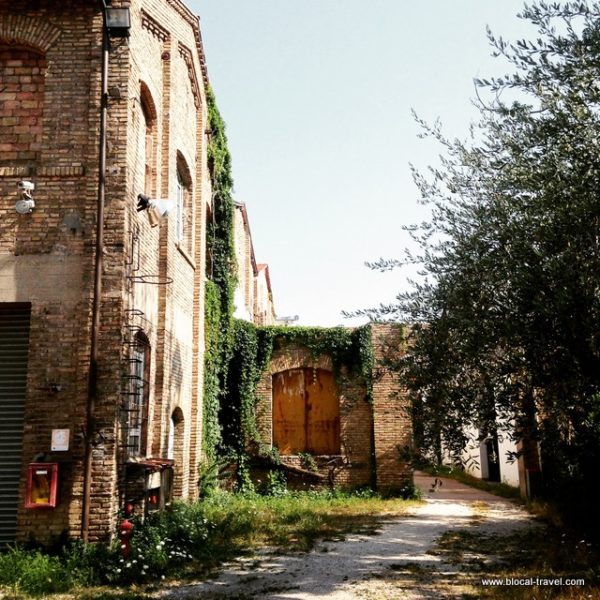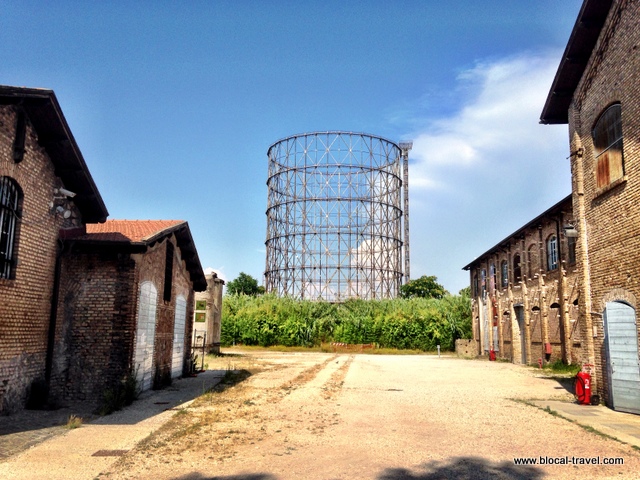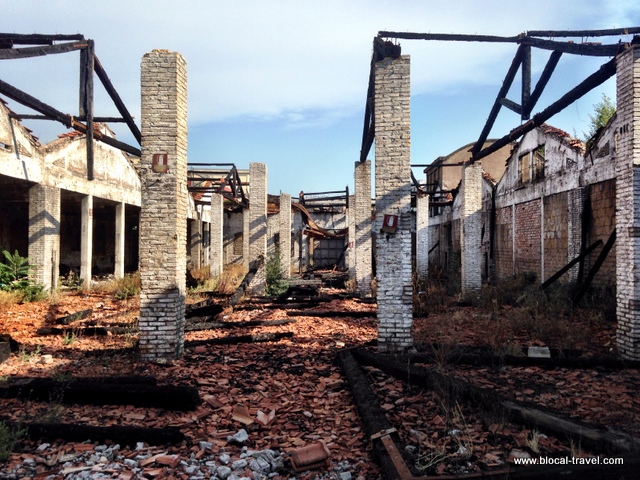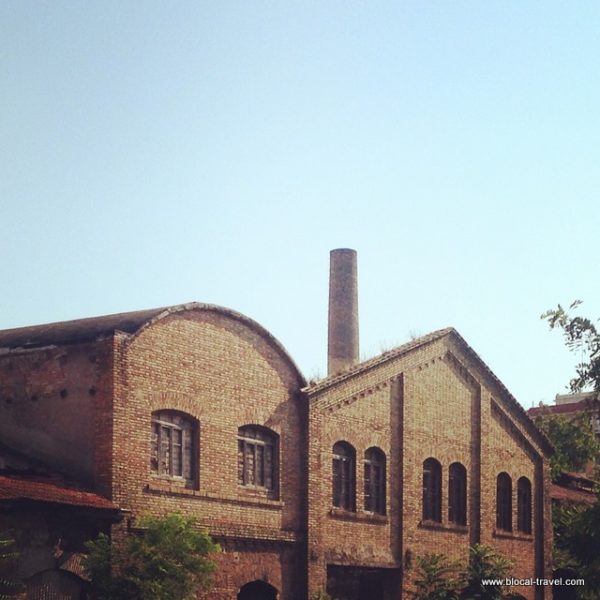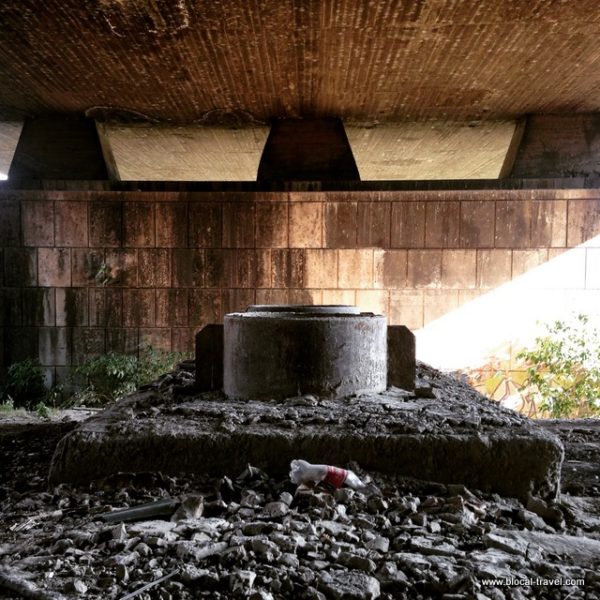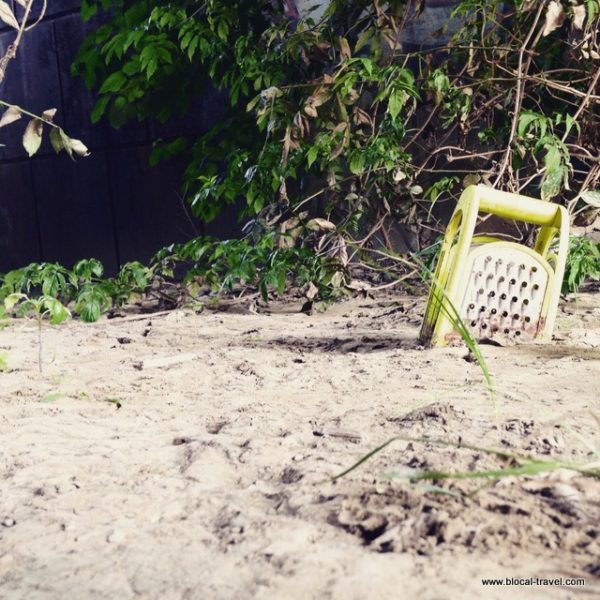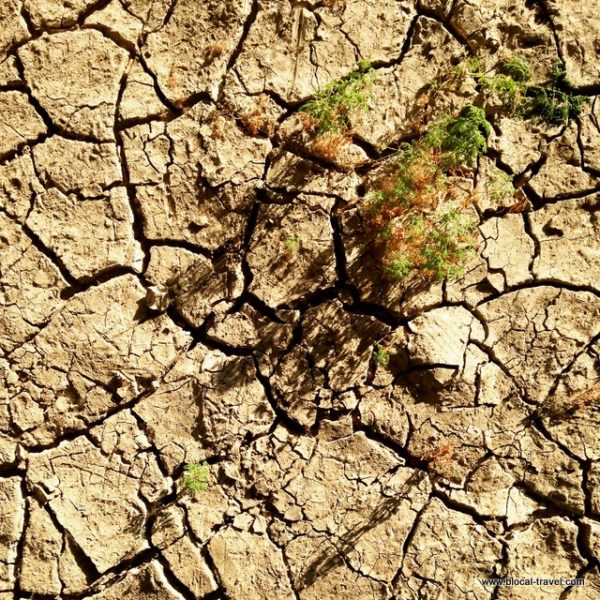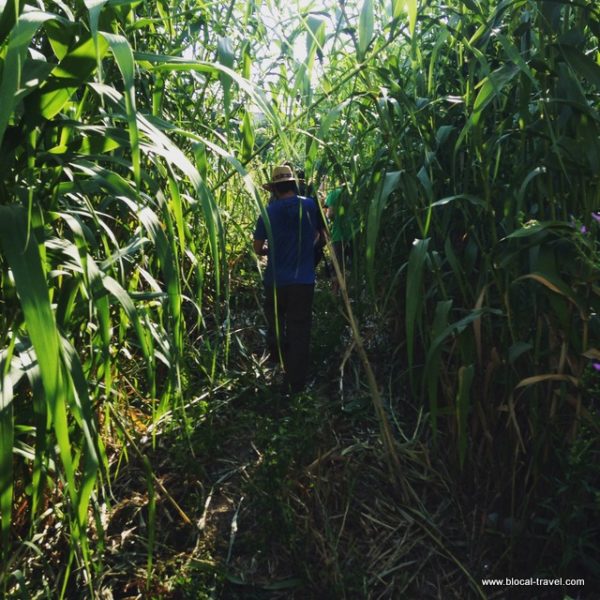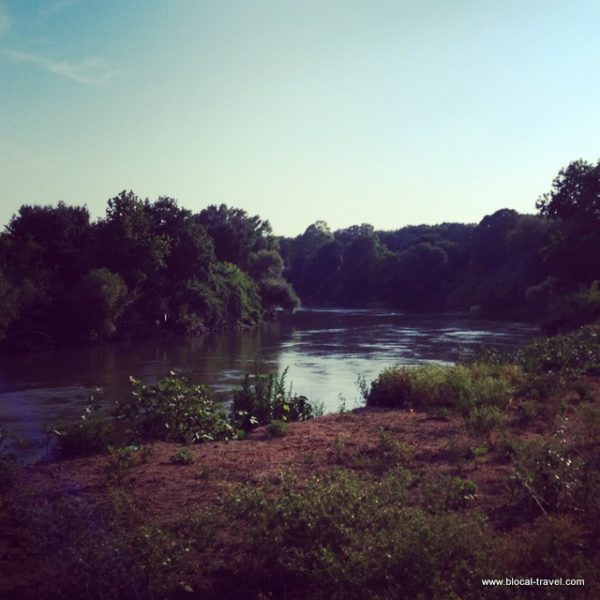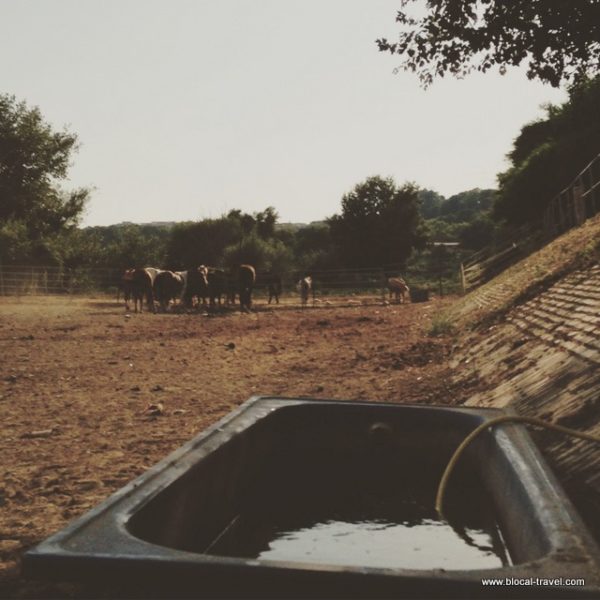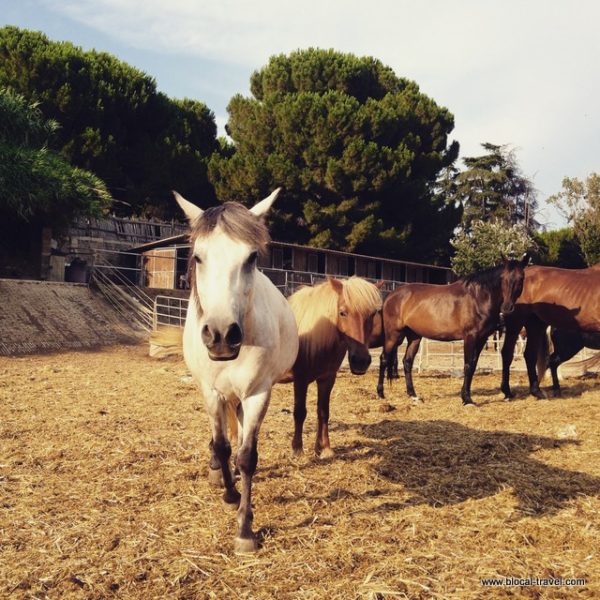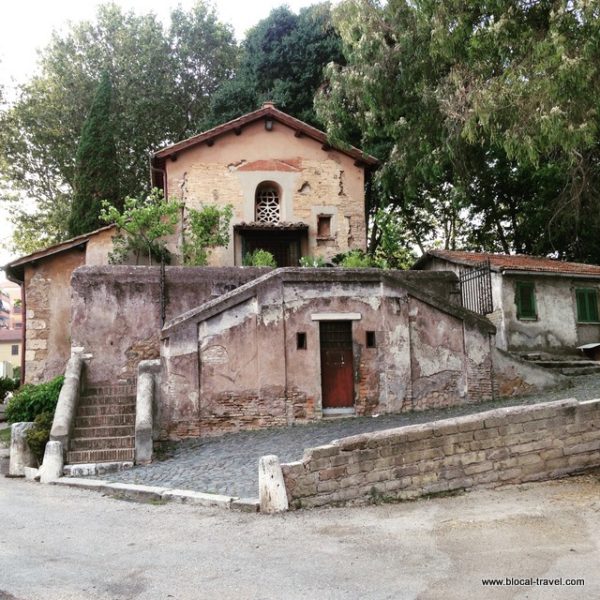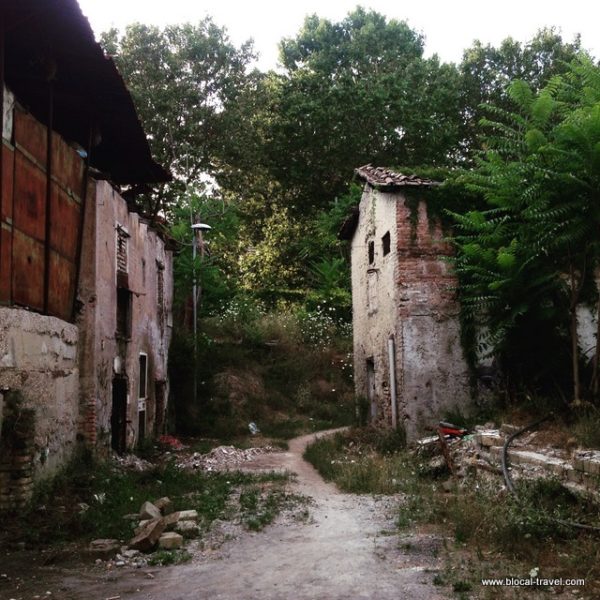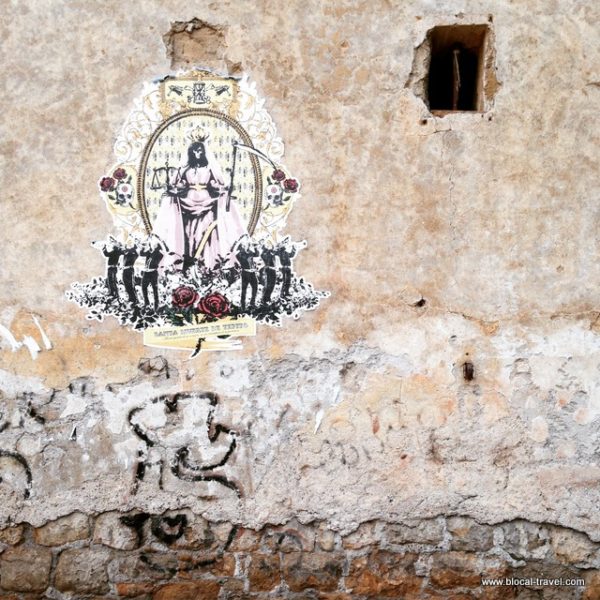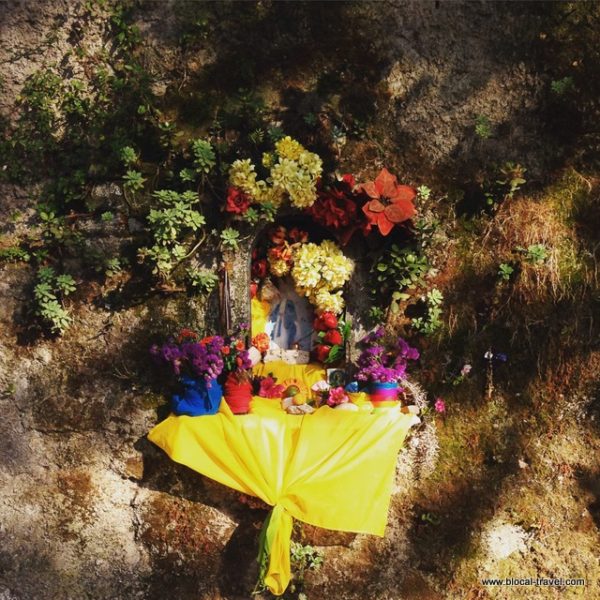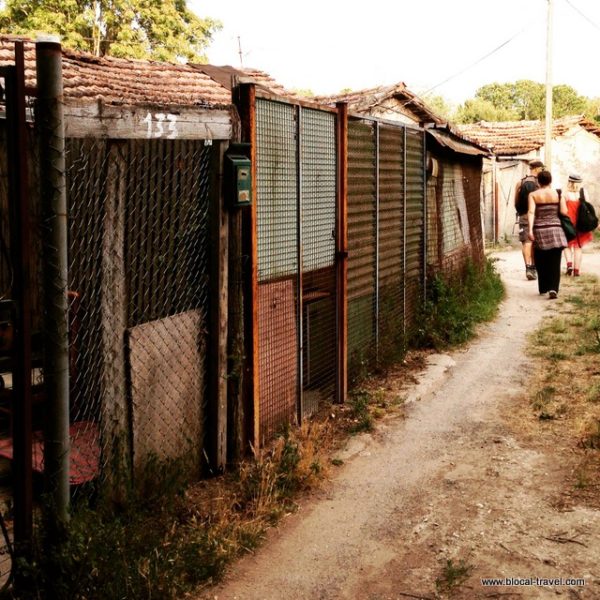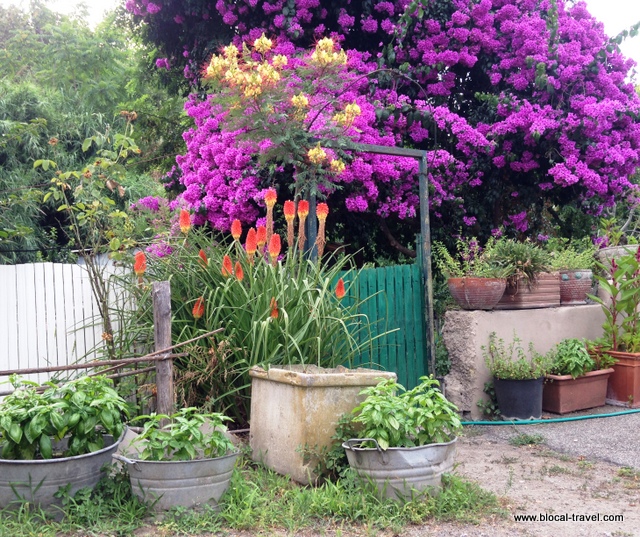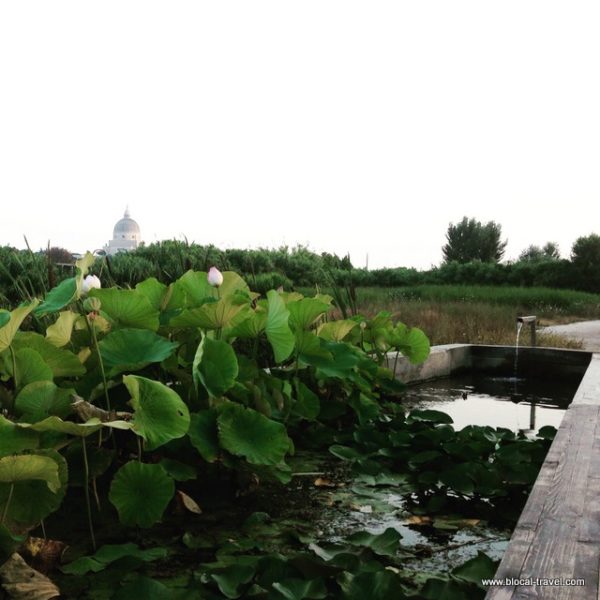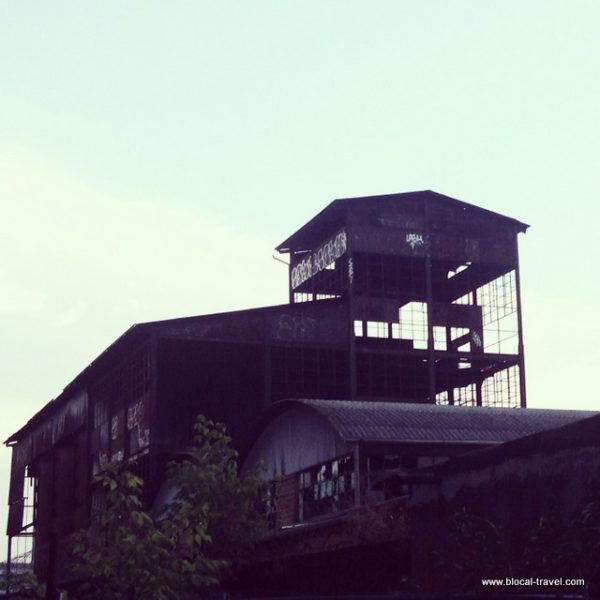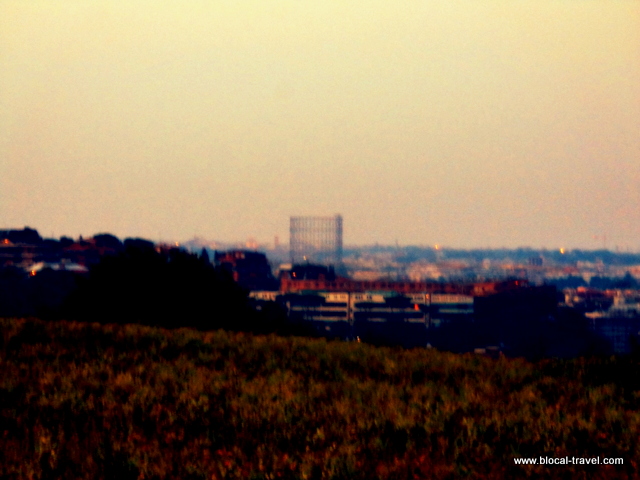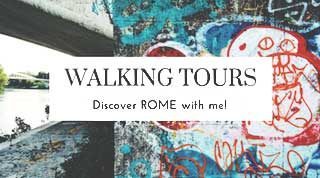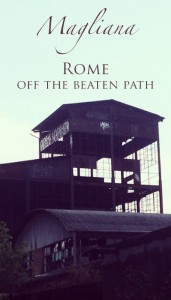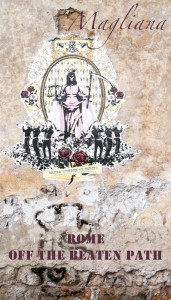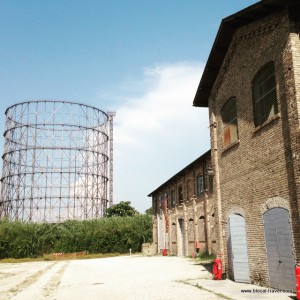 It’s very hot in Rome at the moment but we, urban explorers, don’t get discouraged easily. And so last Sunday we met in the backyard of Teatro India, the fringe side of the more central Teatro Argentina, inside a former candle-and-soap factory just across the river from the Ostiense neighbourhood. But our plan wasn’t to sit inside a theatre and enjoy a show: we wanted to explore the surrounding area alongside the river and the ancient Magliana road (Via Magliana Antica) as far as Montecucco hill.
It’s very hot in Rome at the moment but we, urban explorers, don’t get discouraged easily. And so last Sunday we met in the backyard of Teatro India, the fringe side of the more central Teatro Argentina, inside a former candle-and-soap factory just across the river from the Ostiense neighbourhood. But our plan wasn’t to sit inside a theatre and enjoy a show: we wanted to explore the surrounding area alongside the river and the ancient Magliana road (Via Magliana Antica) as far as Montecucco hill.
The first site we stumbled upon was the remains of the Mira Lanza factory, or better the part that hasn’t been converted into a theatre. It was damaged by a big fire and, ironically, the only things left standing are the signs indicating the positions of the fire extinguishers.
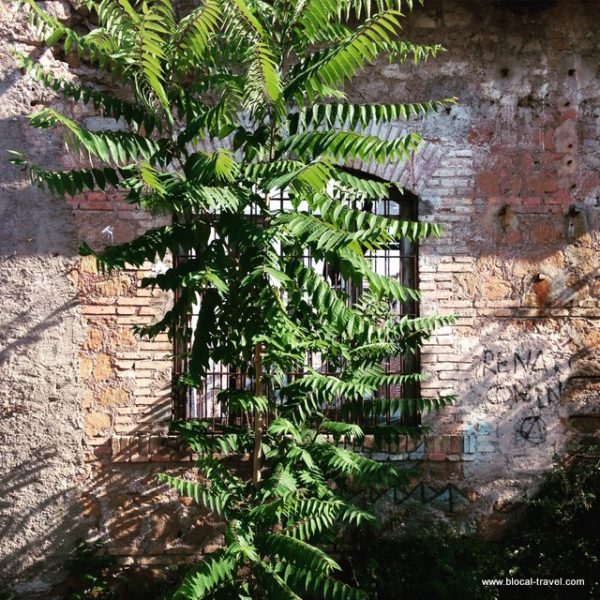
A few hundred meters on, we drifted away from the shopping frenzy and entered another suspended dimension of the town by going under the Marconi bridge.
As soon as we were under it, we found ourselves contemplating the slow river, its green and wild shores dotted with gypsy tents and other spontaneous constructions. The hard and arid ground was cracked by the heat, but seemed to have no problem offering its support to the vegetation flourishing on the river shores (and that’s what I like to call ‘resistance’).
We moved forward and walked through a stables full of lovely foals and, after all the mawkishness and the mandatory pictures, we reached the old Magliana road (Via Magliana Antica).
Here we visited the church of Santa Passera and the abandoned hamlet next to it, where a small community of miners from the nearby tuff quarries used to live. This 14th-century church incorporates a crypt from the 5th century, which, in turn, contains a Roman tomb.
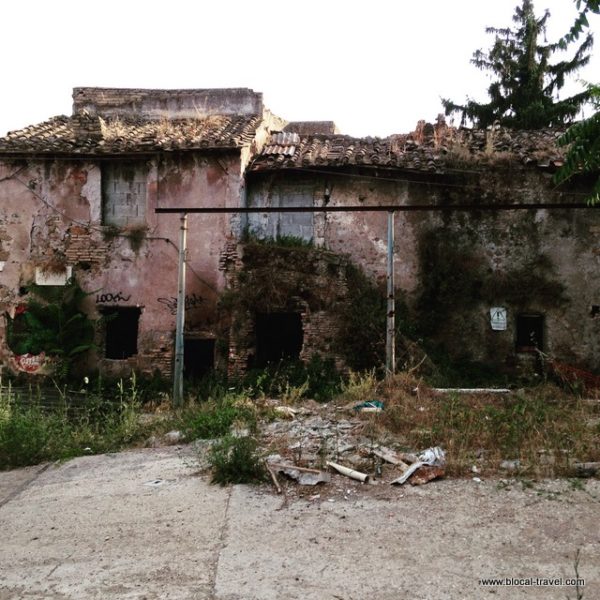
“Don’t shoot, I am clean” he began “And who are you, anyway?”
Our new friend proudly claimed to be a Berber and he told us the story of a Berber princess who once married a Roman emperor; after chatting with him about the area for a bit, we left to carry on along Via Magliana. The transit on the road was brief but intense. There is nothing like coming back now and then to your usual dimension of crowded roads and anonymous shops to make you appreciate those hidden ‘aside areas’ spontaneously filling the holes between one residential neighbourhood and the next.
And our next suspended area was a dirt road running between several shacks and DIY houses, which, to be fair, looked really pretty, with their colourful gardens and tiny windows.
Then we took the bike lane as far as the playground along the river shore, where we stopped for an ice-cream and to rest before the last part of our itinerary. I really liked this green area along the river; it is just under Rome’s ring road and yet it feels so peaceful and charming. I spotted a botanic garden and went to take some pictures, being especially fascinated by the tank with lotus flowers, those beautiful creatures raising from the marsh, which I found a perfect metaphor for this area of Rome.
It was getting dark, so we continued on our way to the panoramic hill of Montecucco.
We walked past a couple of abandoned factories beside the railway, both very charming, wrapped in the sunset light, and we finally climbed the hill, stepping between thistles and goat shit, until we reached the ruins of the tower where Pasolini shot ‘Uccellacci e Uccellini’ (The Hawks and the Sparrows).
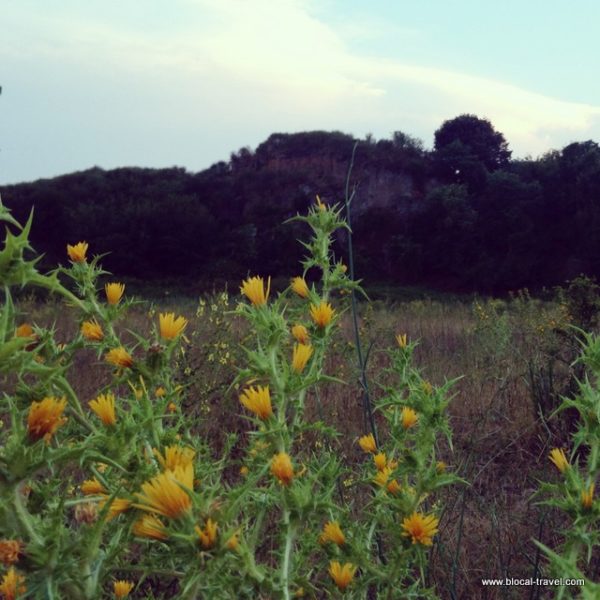
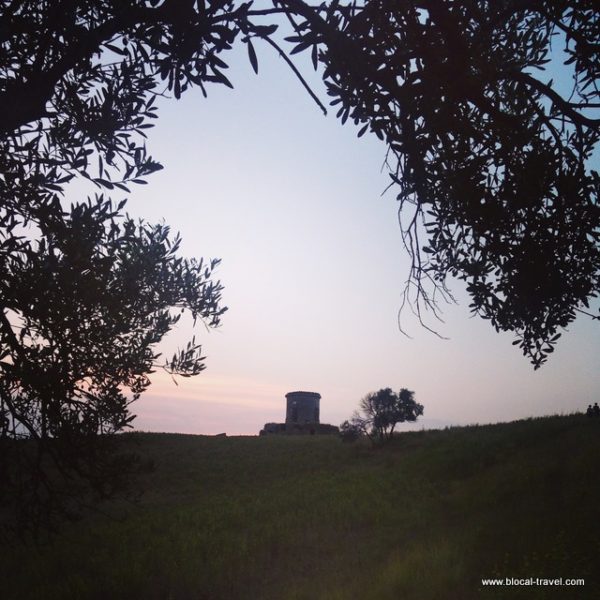
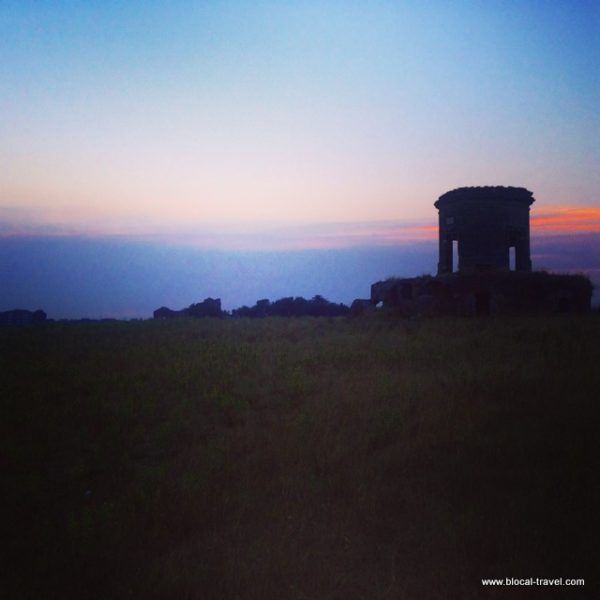
Check out my Rome Google Map!
Would you like to explore Rome off the beaten path with me?
Then book one of my alternative walking tours in Rome!
You can hover over these (or any image) to quickly pin it!
